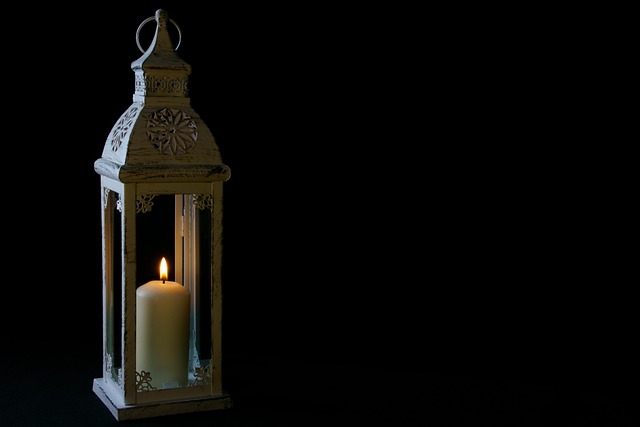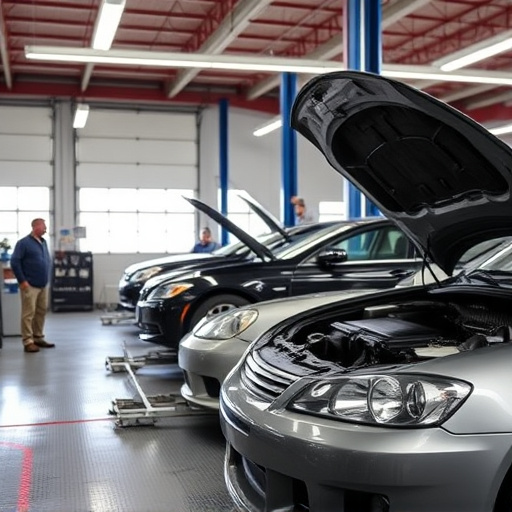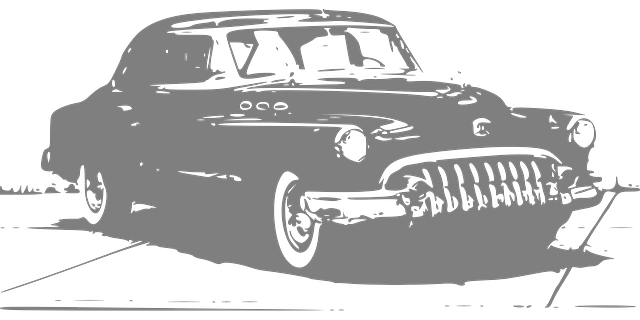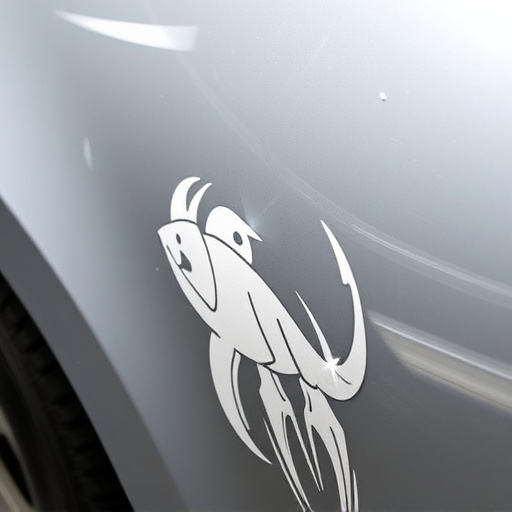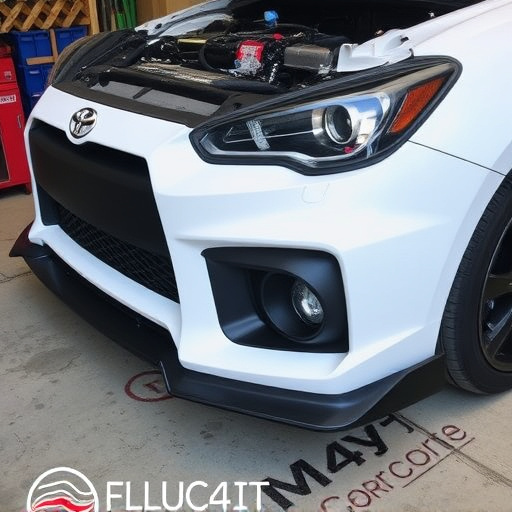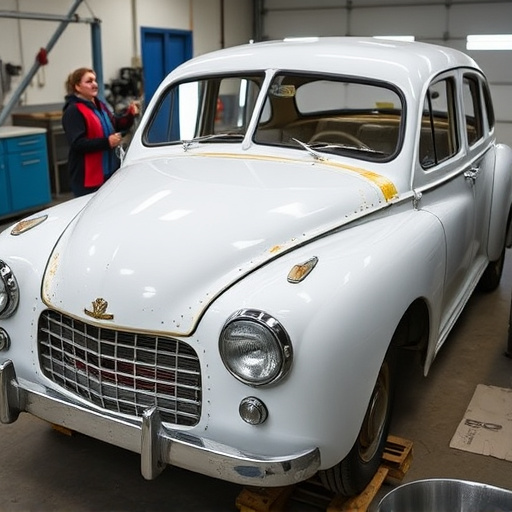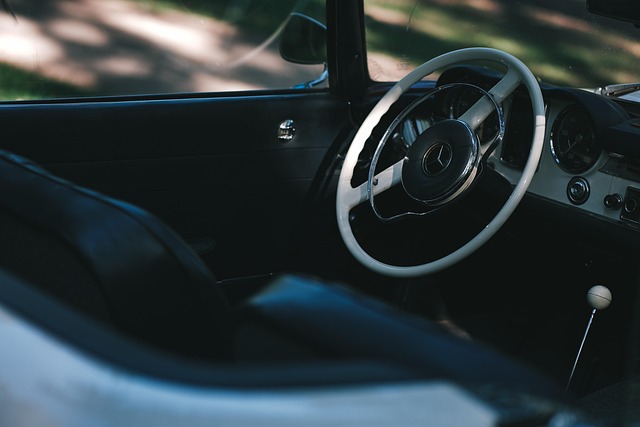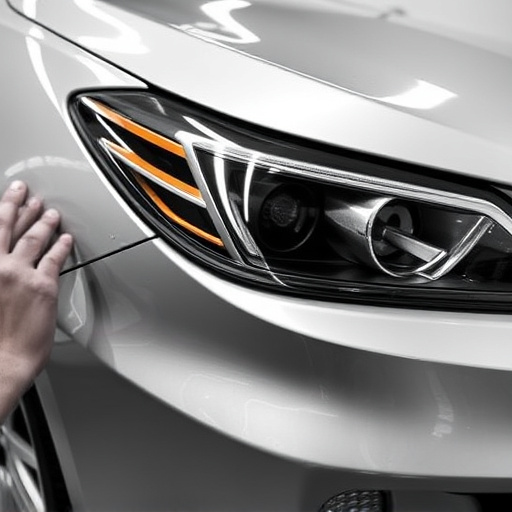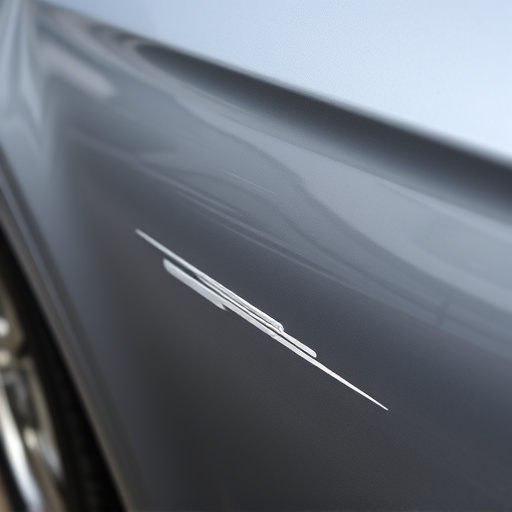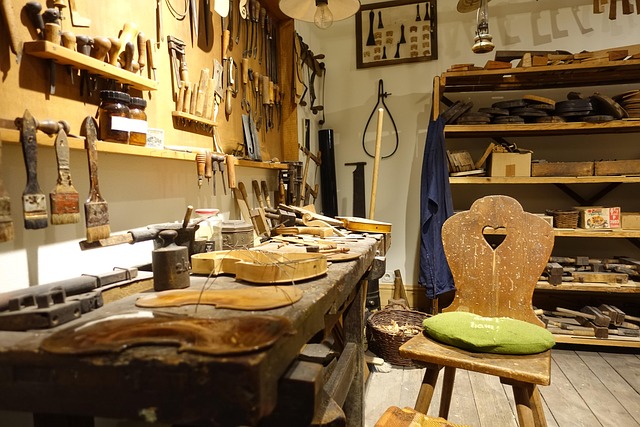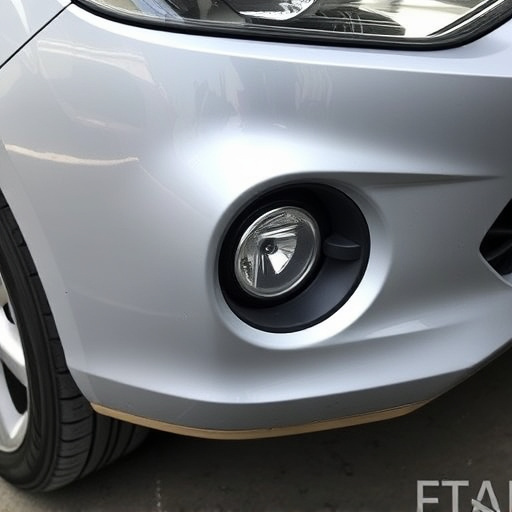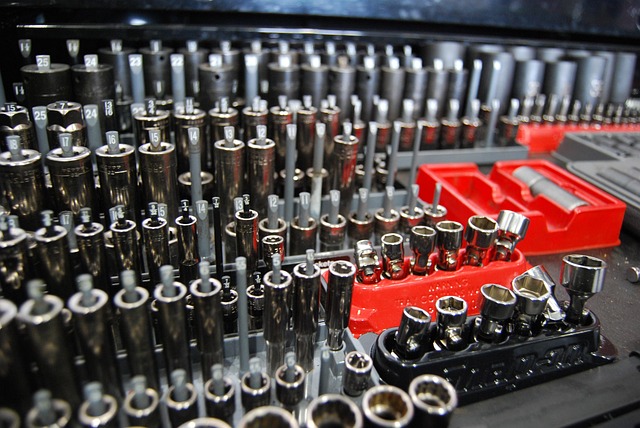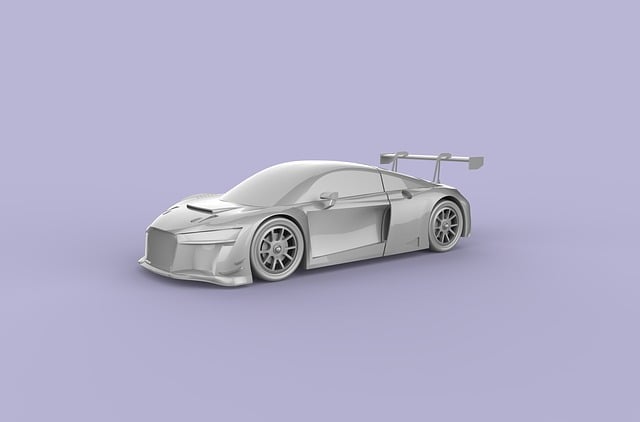Tri-Coat Paint Repair is a sophisticated collision restoration process that revitalizes damaged vehicle exteriors to like-new condition through three coats: base (filling dents and scratches), color (applying desired vehicle color), and clear (protective barrier enhancing durability and gloss). This meticulous technique not only enhances aesthetic appeal but also safeguards against future damage, extending the lifespan of repairs and boosting vehicle value. High-quality results require strict adherence to best practices in surface preparation, premium materials, precise application, and optimal curing conditions.
Tri-Coat paint repair is a game-changer in collision restoration, offering a sophisticated solution for damaged vehicles. This innovative technique involves a meticulous three-step process, ensuring precision and durability. By understanding Tri-Coat, restorers can maximize its benefits, enhancing the overall restoration experience. From improving aesthetics to extending vehicle lifespan, this method has become an indispensable tool in the industry. This article explores the depths of Tri-Coat paint repair, revealing how it supports collision restoration efforts.
- Understanding Tri-Coat Paint Repair: A Deep Dive into the Process
- The Role of Tri-Coat in Collision Restoration: Benefits and Impact
- Best Practices for Tri-Coat Paint Repair: Ensuring Quality and Longevity
Understanding Tri-Coat Paint Repair: A Deep Dive into the Process
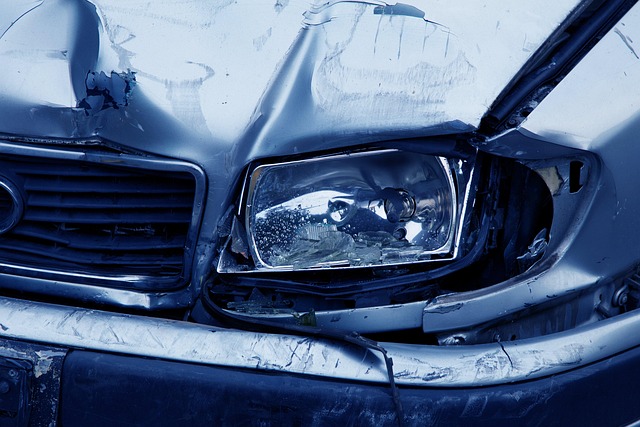
Tri-Coat Paint Repair is a sophisticated process designed to restore damaged vehicle exteriors to their original condition. It involves three distinct layers of paint application, each serving a specific purpose. The first layer, known as the base coat, provides a solid foundation by filling in any dents or scratches and creating an even surface. This layer not only prepares the car for painting but also helps bond the subsequent coats effectively.
The second layer is the color coat, which applies the desired color to the vehicle. This precise application ensures that the final finish matches the vehicle’s original paint job perfectly. The third and final layer, known as the clear coat, adds a protective barrier, enhancing durability and gloss. This meticulous process not only enhances the aesthetic appeal of a car but also protects its surface from future damage, making it an integral part of any collision repair center’s service offerings.
The Role of Tri-Coat in Collision Restoration: Benefits and Impact
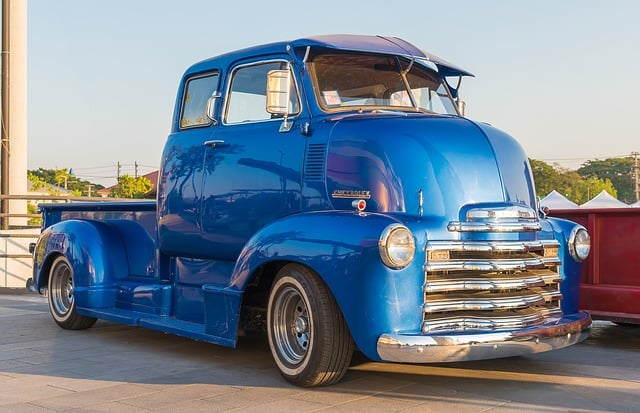
Tri-Coat paint repair plays a pivotal role in collision restoration, transforming damaged vehicles into like-new condition. This advanced technique involves applying three distinct coats of paint—primer, color, and clear—to ensure a durable, seamless finish. The multi-step process not only repairs aesthetic damage but also preserves the vehicle’s structural integrity, making it an invaluable service for body shop professionals.
By employing tri-coat paint repair, body shop services achieve superior results in car paint repair. This method enhances the longevity of the repair, improving the overall value and appearance of the vehicle. Moreover, it minimizes the need for frequent re-painting, contributing to both cost savings and environmental benefits. The meticulous attention to detail in each coat ensures a flawless finish, matching the original factory specifications, thereby delivering an exceptional restoration experience for car owners.
Best Practices for Tri-Coat Paint Repair: Ensuring Quality and Longevity
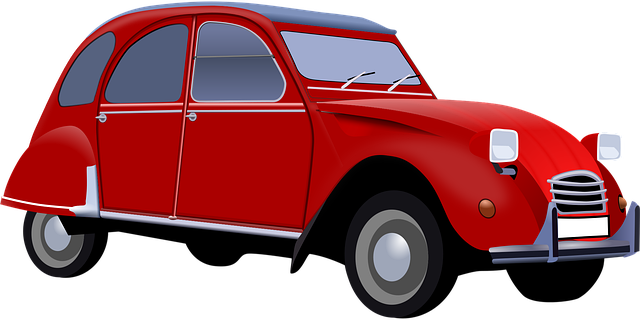
When it comes to tri-coat paint repair, best practices are paramount to ensure both quality and longevity. The process involves meticulous attention to detail, starting with thorough surface preparation. This includes sanding, cleaning, and degreasing to remove any contaminants that could compromise the repair. Using high-quality primers, color-matched paints, and topcoats is crucial for achieving a seamless finish.
Professional technicians also adhere to precise application techniques, such as using the right tools, maintaining consistent spray patterns, and controlling the paint flow to avoid overspray or thin spots. Additionally, allowing adequate drying time between coats is essential for bonding strength. Proper curing conditions, including temperature and humidity control, further enhance the durability of the tri-coat paint repair, ensuring that it stands the test of time just like top-notch car paint services or auto glass repair offered by a reliable vehicle body shop.
Tri-Coat paint repair is a game-changer in collision restoration, offering both enhanced aesthetics and longevity. By understanding the process, leveraging its benefits, and adhering to best practices, professionals can deliver top-notch results that stand the test of time. This advanced technique ensures a seamless blend with existing paint, restoring vehicles to their pre-accident condition while maintaining superior durability. Incorporating Tri-Coat into collision restoration protocols is a strategic move that supports both customer satisfaction and business success.
